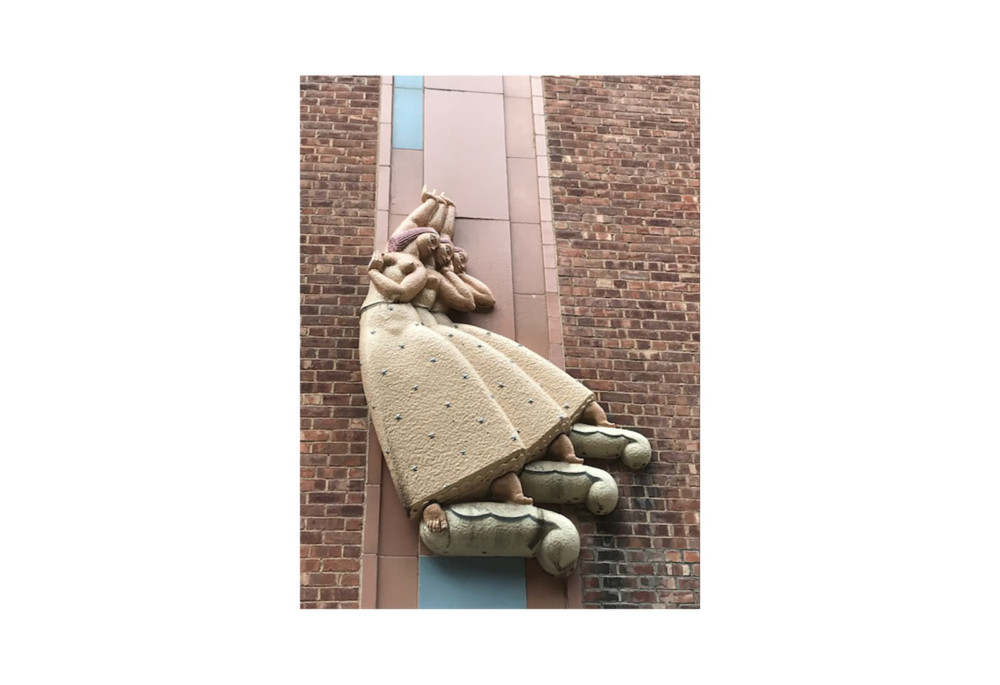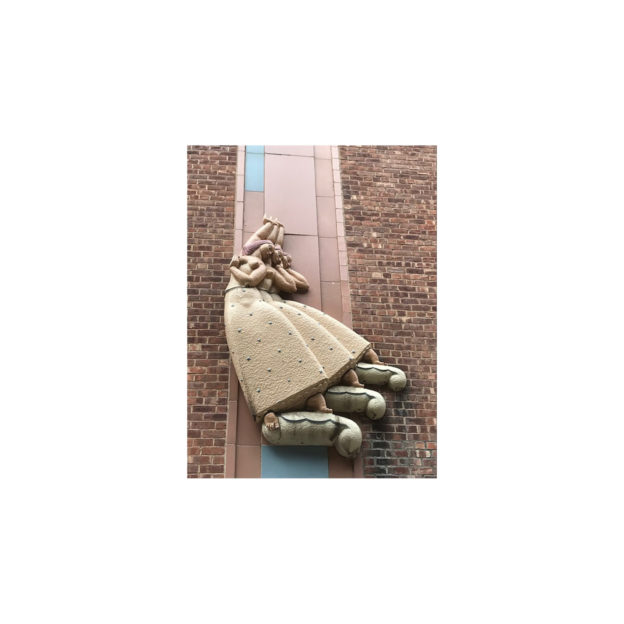Parkchester is an extraordinary complex of more than 50 buildings, located on 129 acres of land, three-quarters of which is left to open space. This pioneering housing development influenced mid-twentieth-century thinking on the planning and design of large apartment complexes and is considered a model of good high-density housing. Parkchester features an extraordinary collection of terra cotta details and public sculptures designed by leading artists. In 1978, the Landmarks Preservation Commission conducted a Bronx survey that recommended the designation of Parkchester as a historic district. More than 40 years later, that designation has yet to happen. HDC will continue working with HDC Board Director Susan Tunick and Sharon Pandolfo of The Parkchester Project. The Parkchester Project aims to save the historic character of Parkchester and advocate for its landmark designation.

